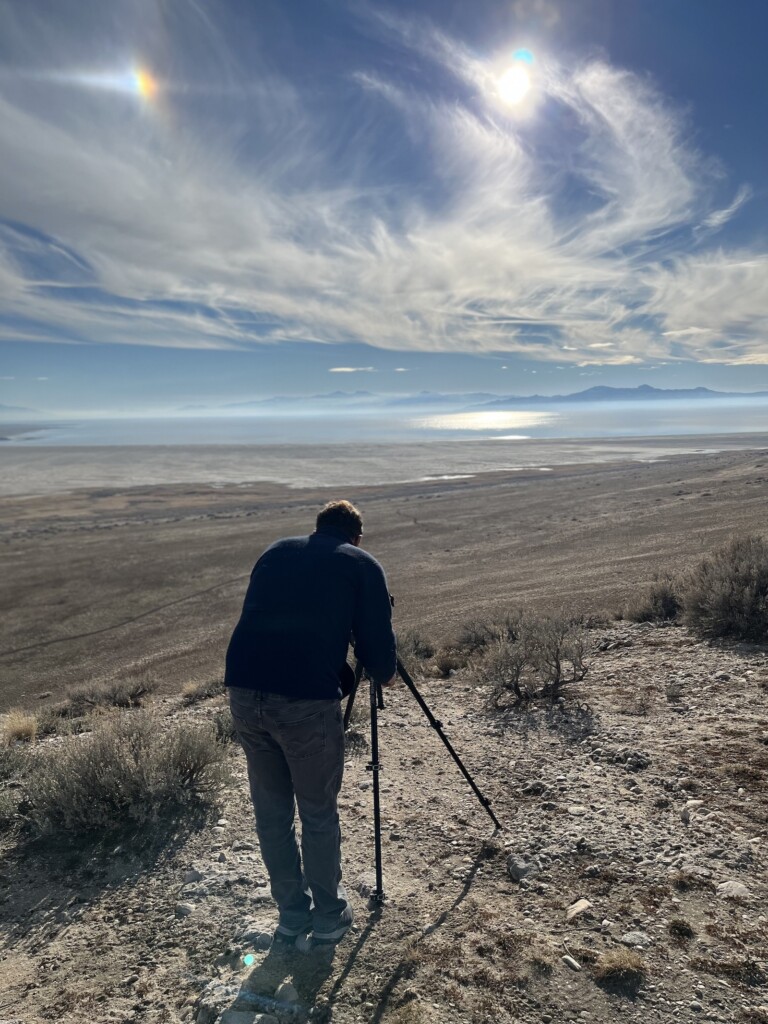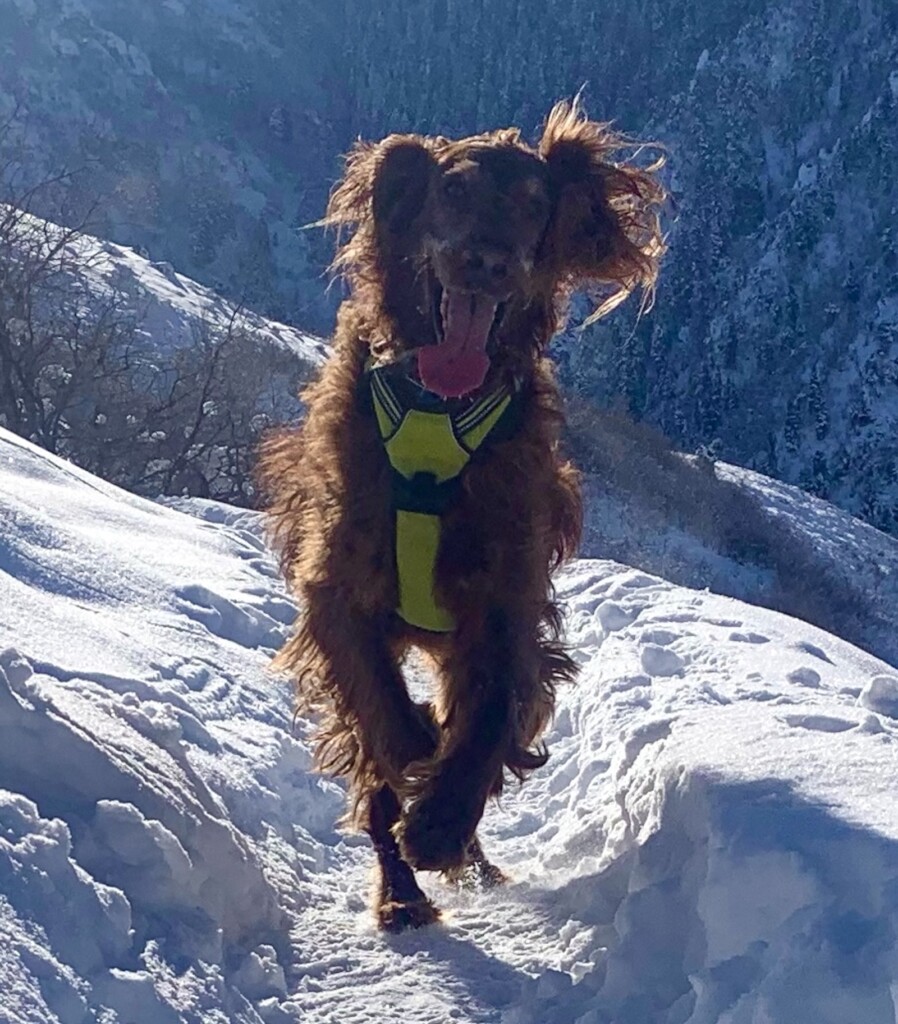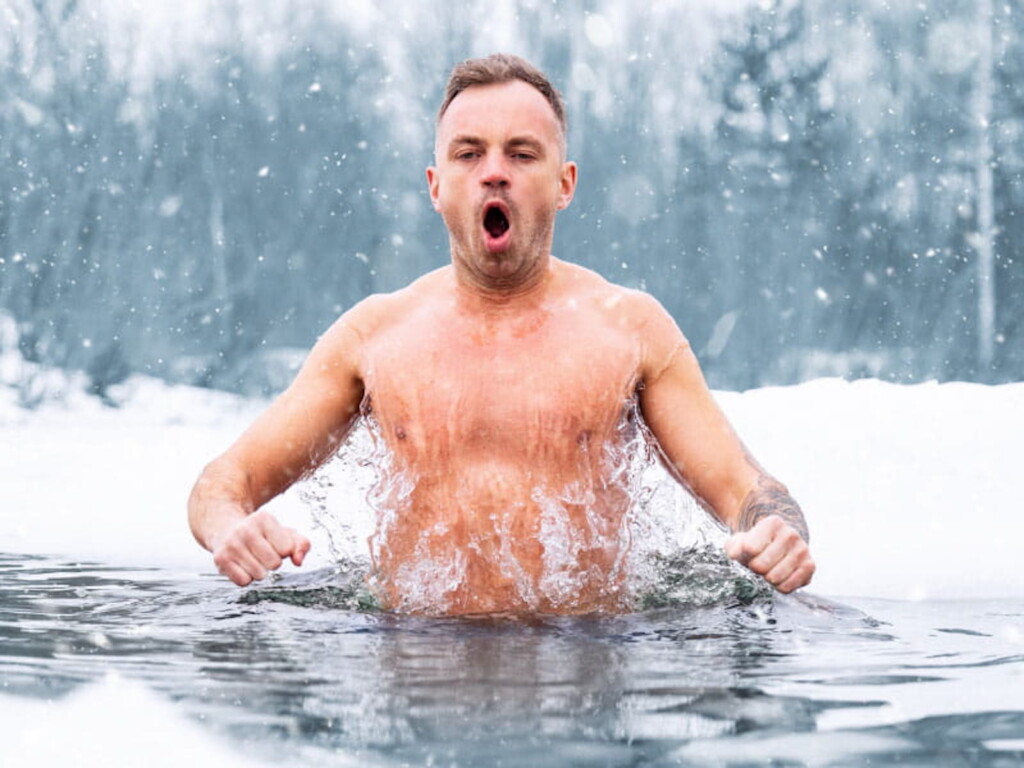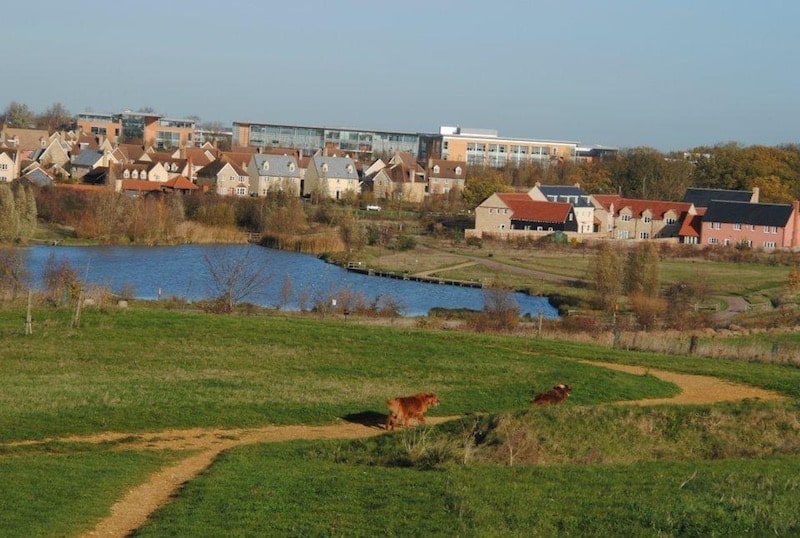
We love our cars. We love driving them everywhere. We shuttle our kids around, pamper our cars with the best gasoline and fresh suds from the carwash — the Carnauba hot wax treatment. We drive to work and back, drive the kids to Jiu-Jitsu and dance lessons, drive to get out of the house, drive to the gym, and drive to visit “nature”.
Nature has become something “out there”. Living in our cars is “normal”. Driving, pampering, shuttling, cleaning, car payments, car insurance, regular oil changes and expensive repairs are “normal” expenses we have come to accept. But without question, if we were walking or biking instead of driving we would all be much healthier and wealthier. But it’s hard to begin to imagine a life without our cars — allowing our kids to walk or bike to school would be far too dangerous! Buying groceries using a bicycle — impossible!
My wife and I actually attempted life without cars for about two months when we first moved to the UK. Instead of driving, we walked, biked, or rode transit. In England, there are ubiquitous “walking paths” in every direction. Our neighborhood in Cambourne offered a “nature preserve” that encircled our village. The paths from the preserve led to neighboring towns of Bourne and Caxton. On weekends we walked to pubs; we found fish-n-chip shops, and visited ancient churches and cemeteries with so much moss on the tombstones that it covered the names. Walking to these villages and around our preserve, the seasons were more pronounced in the wheat fields and other crops. After living in this manner for a couple of months, I lost weight and fell asleep at night in seconds.
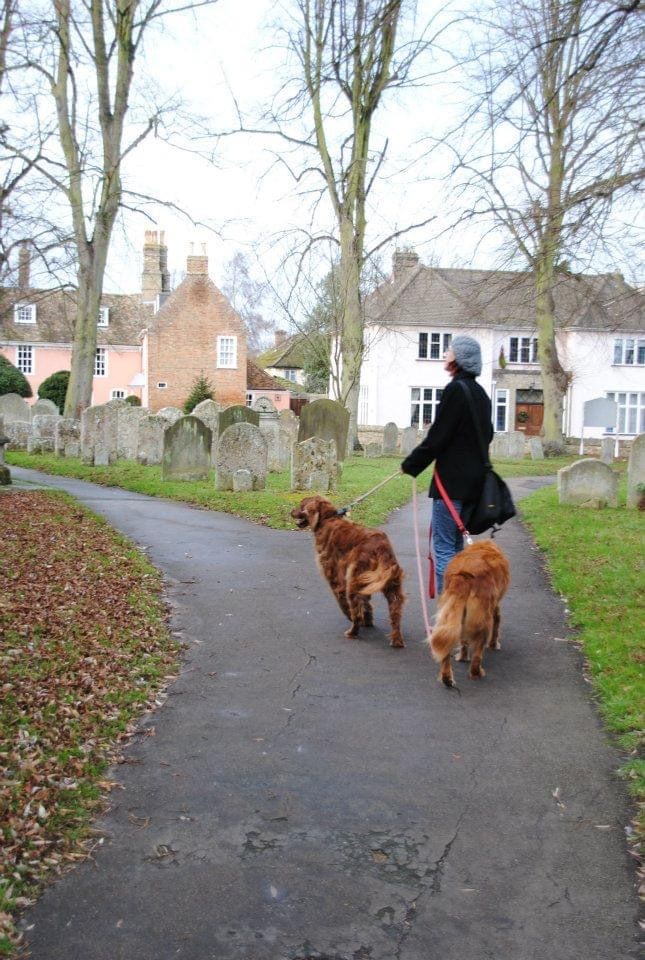
But I noticed something else. I felt more calm. I came to enjoy the slower pace of a walk or a bike ride. I didn’t really feel the need for speed. Unbelievably, I didn’t miss my car.
Grocery shopping was the only hardship, but we found we could strategically order the bulky things for delivery and bike or walk for the smaller fresh items. Walking the same route on a daily basis, I came to notice my neighbors more. We noticed the kids who played outside and said “hello.” I noticed the people who worked in their gardens. And we weren’t so weird for not having a car because there were quite a few in the UK who didn’t own cars. Quite a few in all of Europe. The car is less of a status symbol in Europe than it is in the US. Old European cities weren’t built for cars, but for pedestrians.
It turns out that the car-centric, techno-centric, vehicular-dependent lifestyle so many of us maintain is actually a recent phenomenon and is most common in the western United States. Many of us are getting sick of our cars and sick in our cars. The obesity “epidemic” could be solved in a year if everyone walked a few miles per day. It seems that I’m not the only one thinking that my car is a prison of my own making.

Living in Murray, Utah, for the past 18 months, we are surrounded by wide roads, freeways, and few nice sidewalks or walking paths and ubiquitous dead ends. Everyone seems to love the dead-ending cul-de-sac, which prevents walks on quiet roads from going anywhere. I’ve come to understand that suburban life is the reflection of our values. We prioritize our desire to drive everywhere and “feel safe” living on a dead end.
Political leaders are inclined to give their constituents what they want, and for this reason, a town’s distinctive characteristics are often a representation of the priorities and values of the people who live there.
But in reality, are our leaders pushing for what they want, or for what the developers want? Envision Utah, a non-profit city and community planning enterprise has found that, when polled, residents said they wanted more trails and open space, and more walkable destinations and parks. In fact, it was a resounding “Yes!”. So why don’t we have more walking paths?
A community in Moab is trying something new by making the local artery for the town a walking/biking pathway that leads to the best destinations in town: a community garden, parks, schools and a new little mini-village of small homes without cars. You can read more about it here.
Subscribe to Utah Stories weekly newsletter and get our stories directly to your inbox


